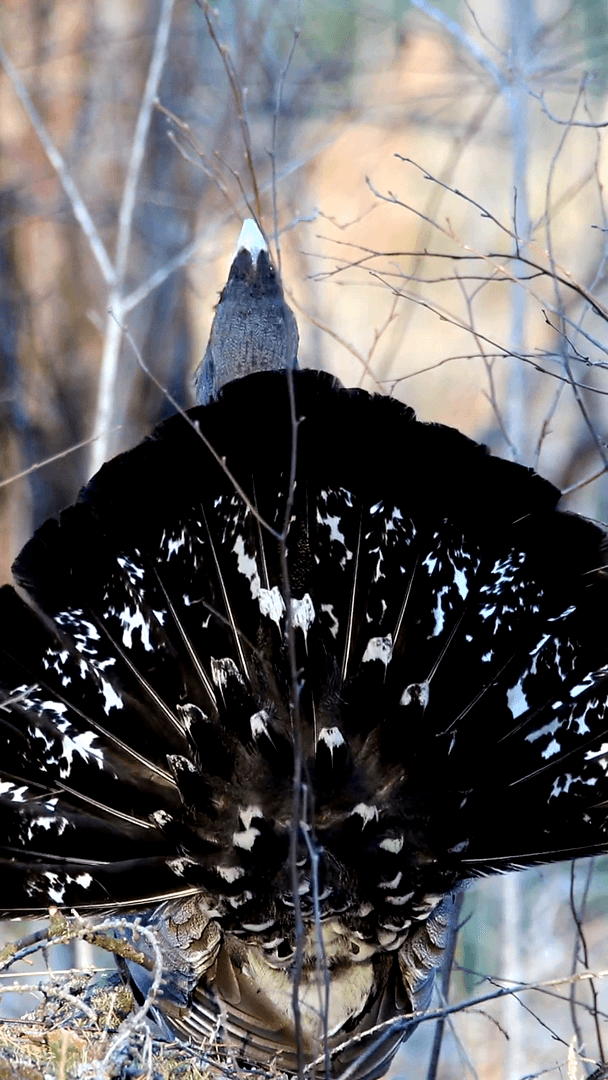
Hunting Periods and Permits in Trøndelag: A Detailed Look at Game Movement Throughout the Year, Seasonal Limits, and How to Apply for a Hunting License in the Area Planning your hunting trip to Trøndelag? This guide covers everything you need to know—hunting seasons, regulations, licenses, and expert tips to maximize your success. Whether you're after big game like moose or small game like grouse, understanding the regional hunting timetable is crucial for a legal and rewarding experience. Regional Hunting Timetables and Rules in Trøndelag Trøndelag’s varied landscapes—forests, mountains, and wetlands—offer a wide range of hunting opportunities, but all seasons are strictly regulated for sustainable wildlife management. The main hunting periods are: Moose (Elg) from August 25 to September 30 (with area-specific variations), Roe Deer (Rådyr) from August 10 to December 23, Red Deer (Hjort) from September 1 to December 23, Small Game such as hare, fox, and grouse from September 10 t
Post: 14 August 16:14





































